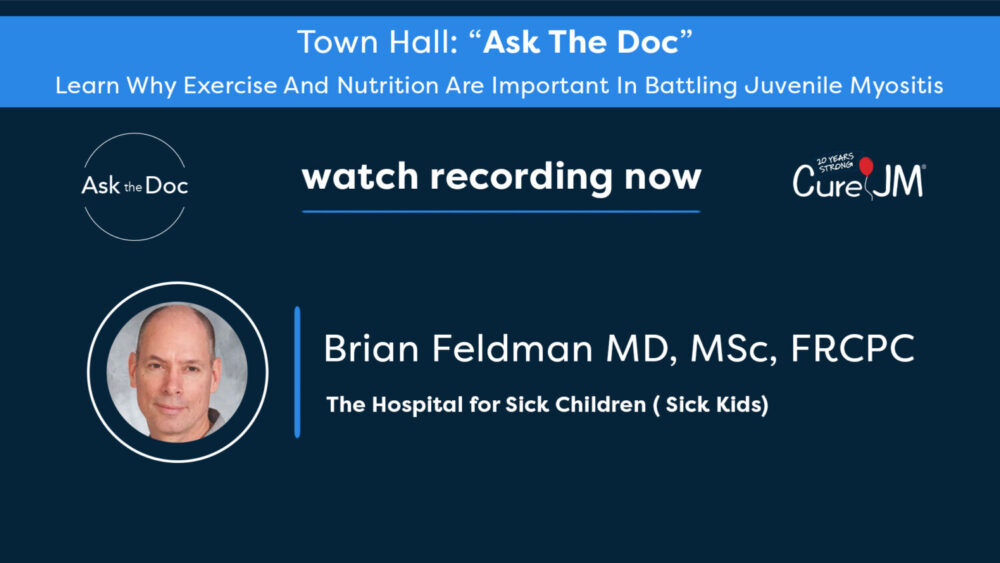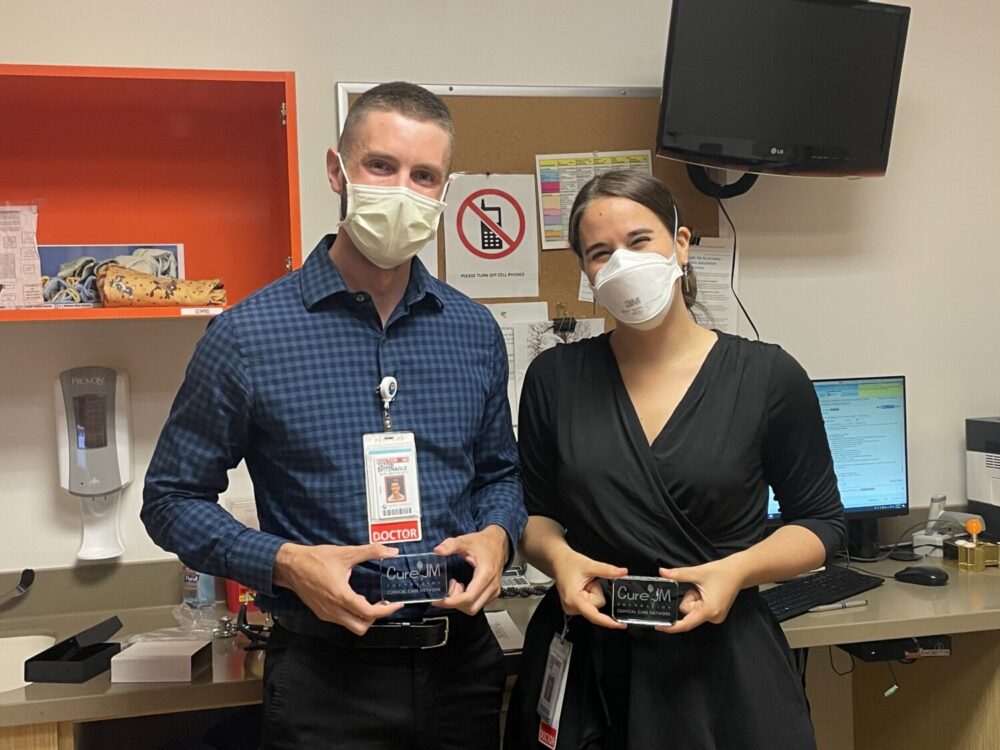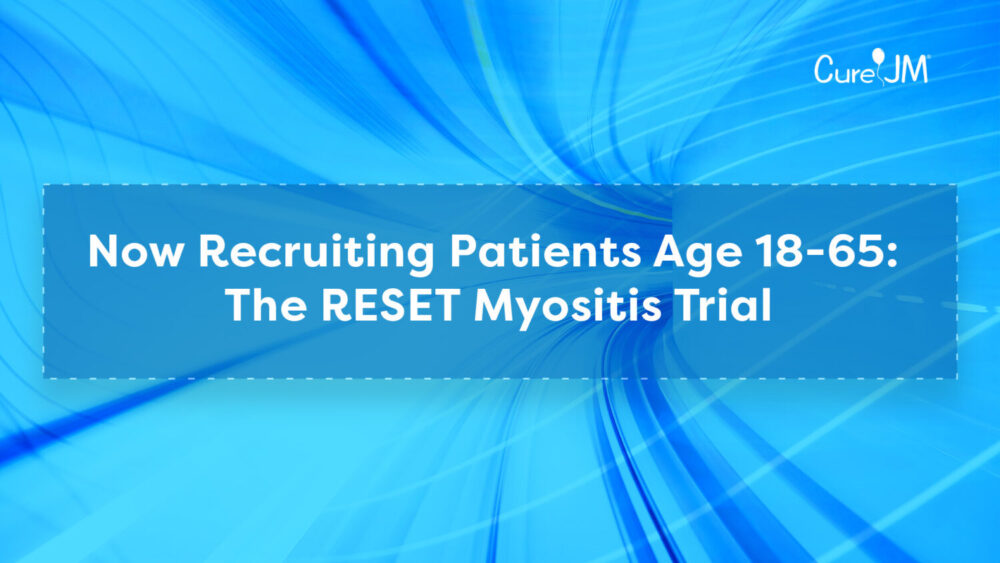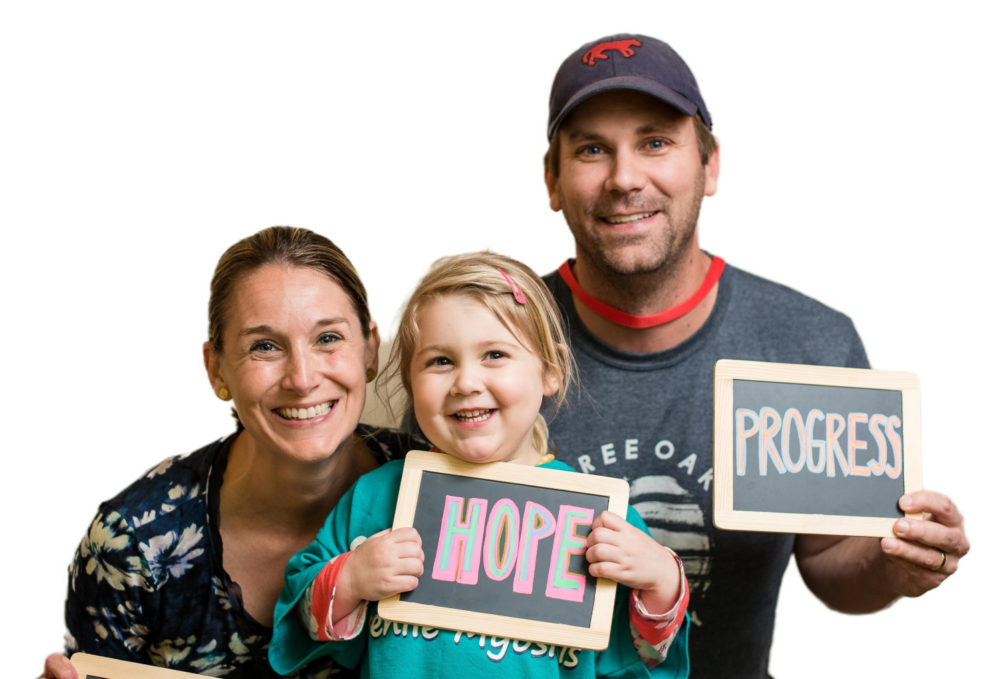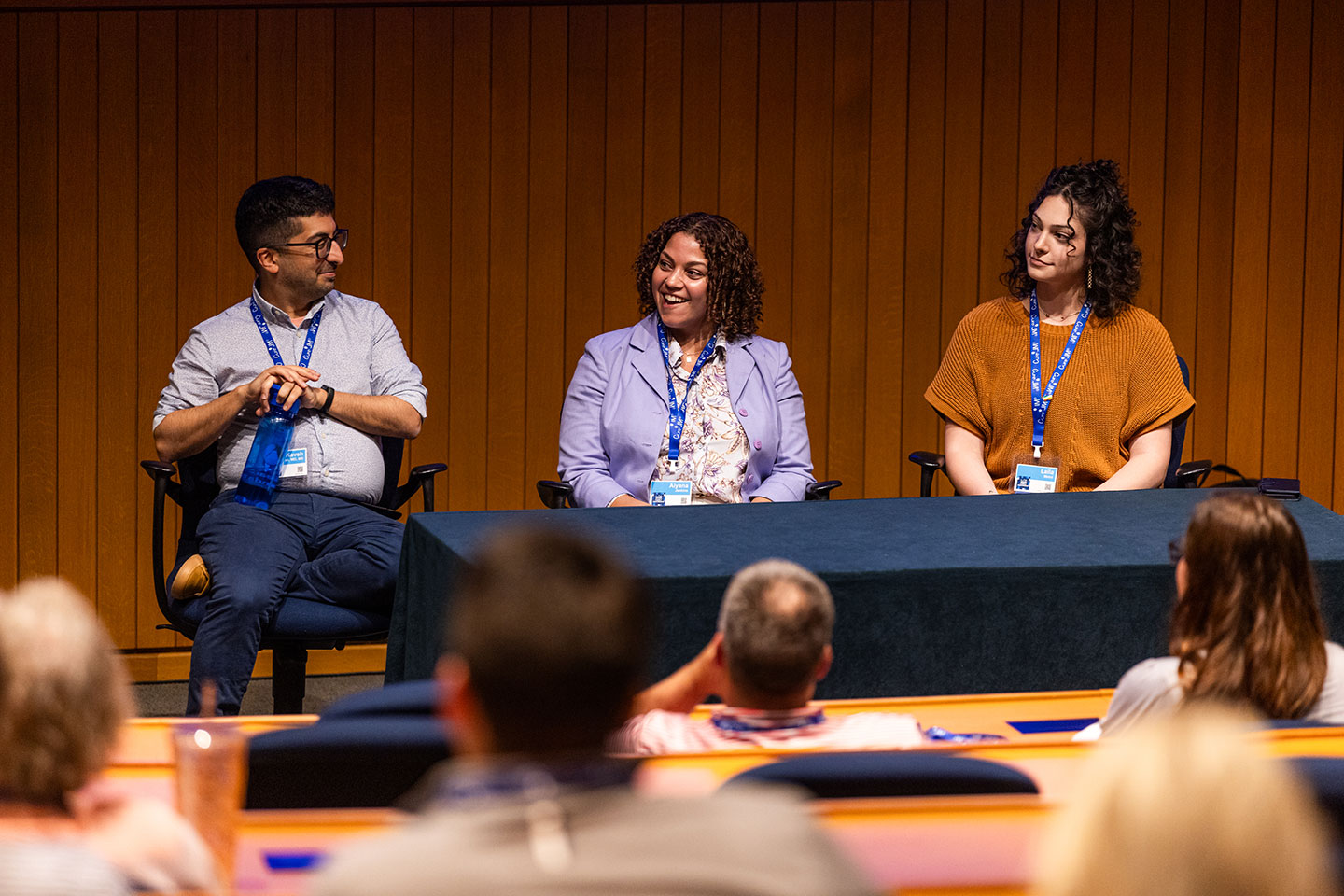
Cure JM’s Community Advisory Board plays a vital role in representing JM families in research initiatives—and leading them. Board members serve as a bridge between the broader JM community and clinical trial research teams, working together to ensure that the needs and priorities of patients and families are reflected in every aspect of research.
The board includes patients, parents, grandparents, clinicians, and researchers — all working together. They bring diverse patient and caregiver perspectives to how research is designed, communicated, and conducted. Members help shape study structures, guide outreach efforts, and ensure that research progress is shared clearly and meaningfully at every stage.
Questions? Contact Cure JM’s Director of Community Engagement, Shannon.Malloy@curejm.org
Why Is the Patient Voice Important in Research?
The patient voice ensures that research is grounded in real-world experience. When patients and families help shape studies, the results are more meaningful, the process is more inclusive, and outcomes are more likely to reflect what truly matters to those living with juvenile myositis.
Patient involvement helps researchers:
- Design studies that are feasible and family-centered
- Identify outcomes that reflect real quality-of-life improvements
- Communicate findings in ways that are clear, compassionate, and impactful
Including the patient voice builds trust, improves participation, and accelerates progress toward better treatments — and ultimately, a cure.
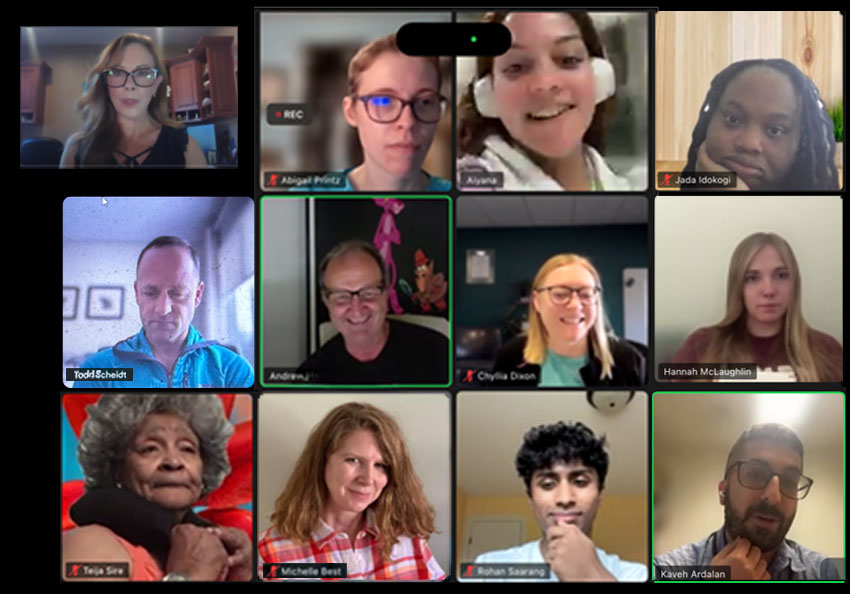
Learn more about Cure JM’s partnership with the Chan-Zuckerberg Initiative here.
COMMUNITY ADVISORY BOARD MEMBERS
Laila Metni
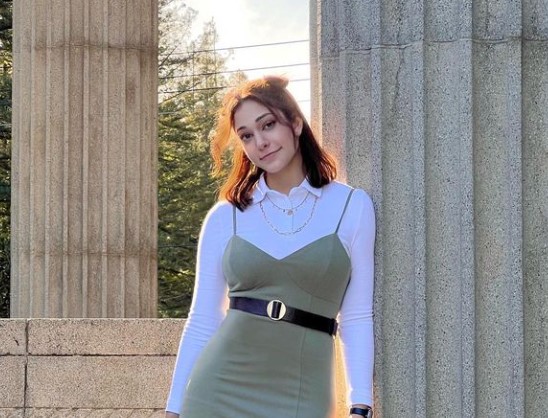
Laila, a UC Berkeley junior, was diagnosed with JM at nine. After a terrible hip pain, she was hospitalized, but, and it took months of tests to diagnose JM.
Laila experienced first hand the lack of clear treatments for JM and the ongoing physical and mental toll that came with feeling like a burden to others because of having to avoid triggers like inflammatory foods and being outdoors. Her frustration was often directed at her doctors for not diagnosing her earlier and more clearly communicating the availability of new treatments like methotrexate that could have greatly reduced her symptoms but terrified her at the time.
As a pre-med student and JM patient, Laila understands the importance of research and trials. She hopes her work will ensure doctors are available, thorough, and communicate clearly, and that patients have a voice in their treatment
Annalise Tereck
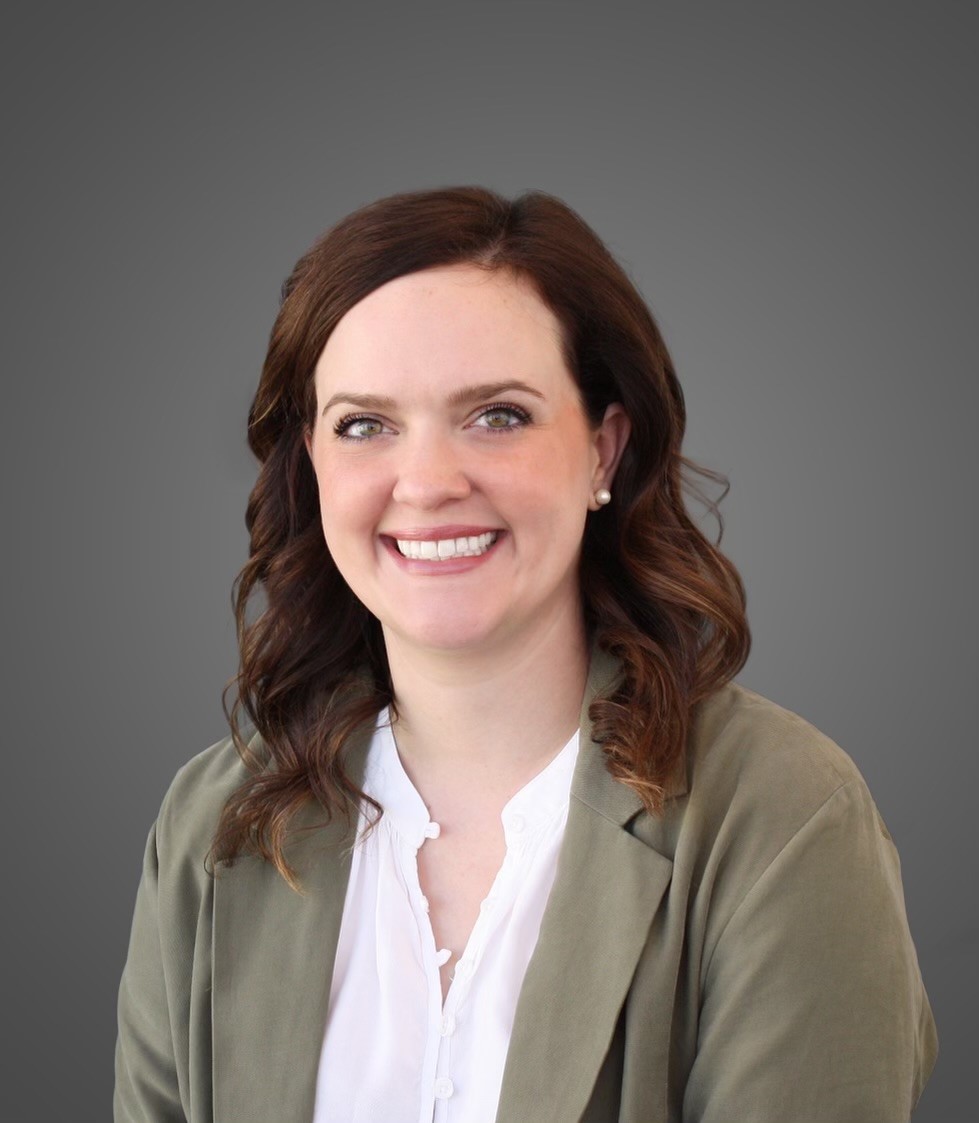
Annalise is an actuary in Cincinnati, Ohio. She studied mathematics at Centre College in Danville, Kentucky.
Annalise was diagnosed with juvenile dermatomyositis at 8 years old. Through her diagnosis, her family was introduced to Cure JM and Annalise is currently on the Cure JM Advocates Council
She looks forward to being part of the Community Advisory Board to help advance better treatments.
Aiyana Jenkins
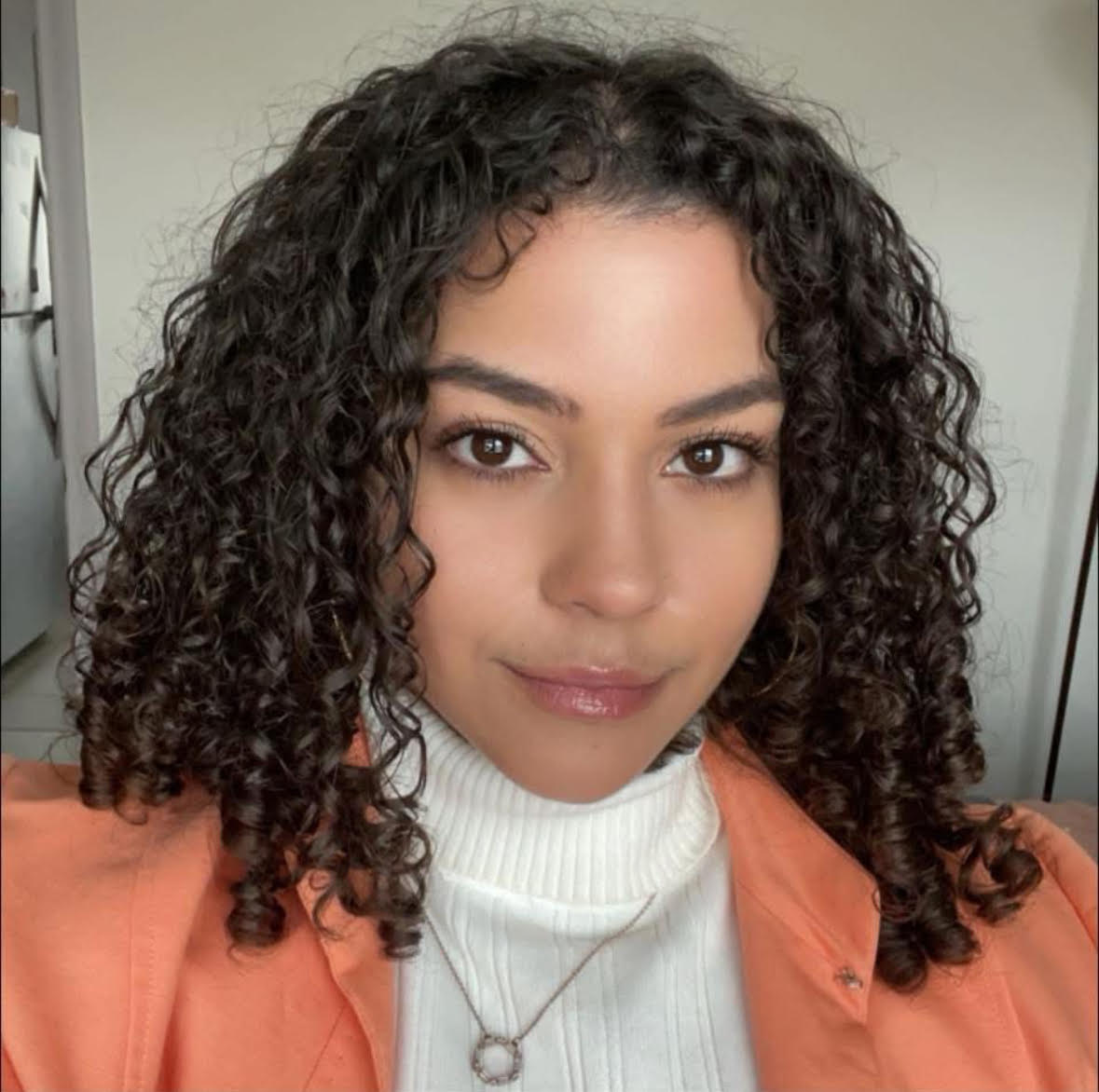
I was diagnosed at 8 years old with Juvenile Dermatomyositis, Juvenile Rheumatoid Arthritis, and Raynaud’s syndrome. My passion for patient advocacy has driven me to become an active participant in the JM community. Since 2016, I’ve been deeply involved in volunteerism leadership. I am an active member of my community and Cure JM’s Young Adult Advocates Council.
Now 27, I am excited to further my role in supporting families by joining the Cure JM Community Advisory Board. Being part of this group will give me an opportunity to actively participate in research and ensure that patients are represented in medical research.
I bring experience in facilitating support groups, fundraising, and organizing workshops, and have enjoyed promoting proactive health practices, encouraging others to take charge of their well-being.
Abby Printz
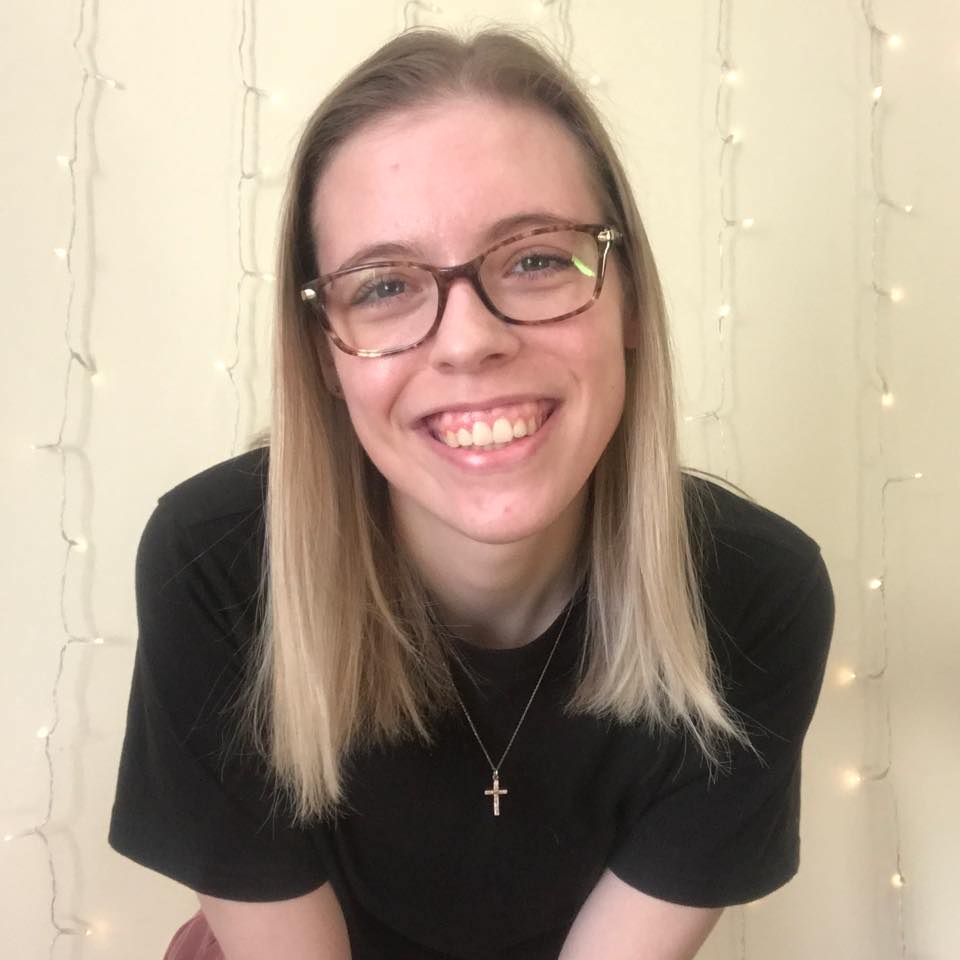
Abby Printz is a Physician Assistant (PA), and I graduated with my Master’s degree from Gannon University in 2020.
After working as a Hospital Medicine PA for 2 years, I am now blessed to work as a Pediatric Rheumatology PA with the same team who treated me for JM as a child.
Outside of work, I enjoy watching movies (especially Disney movies), playing with my two cats (Simba and Pumba), spending time with family/friends, swimming, and mentoring.
She hopes to be part of finding better treatments and care for juvenile myositis.
Allison Korte
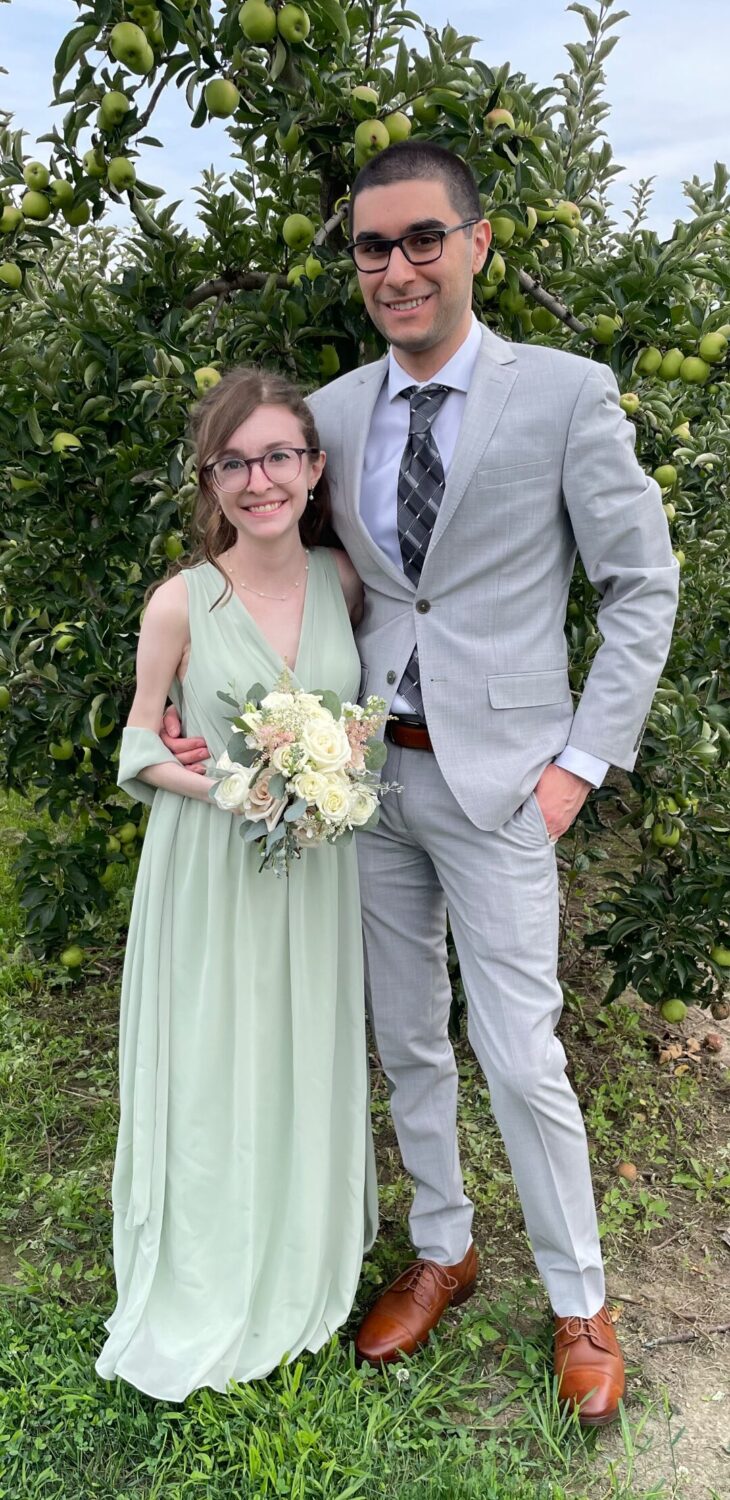
Allison Korte is a data analyst/engineer living in Michigan. She has worked in a variety of industries, including medical devices, packaged food, and, currently, automotive.
Diagnosed with JDM at six years old, it took a year and consultations with seven doctors to finally be diagnosed. From then she was treated with steroids for over ten years, in high school she went into remission but the JDM flared up again near the end of high school. As an adult she switched from steroids to monthly IVIG infusions which have been keeping her stable. She lives in Novi, Michigan with her fiancé and cat and currently spends her free time playing games with friends, planning movie nights, and wedding planning.
She looks forward to helping with this project as part of the Community Advisory Board to provide input on new treatments and better care.
Chyllia Dixon
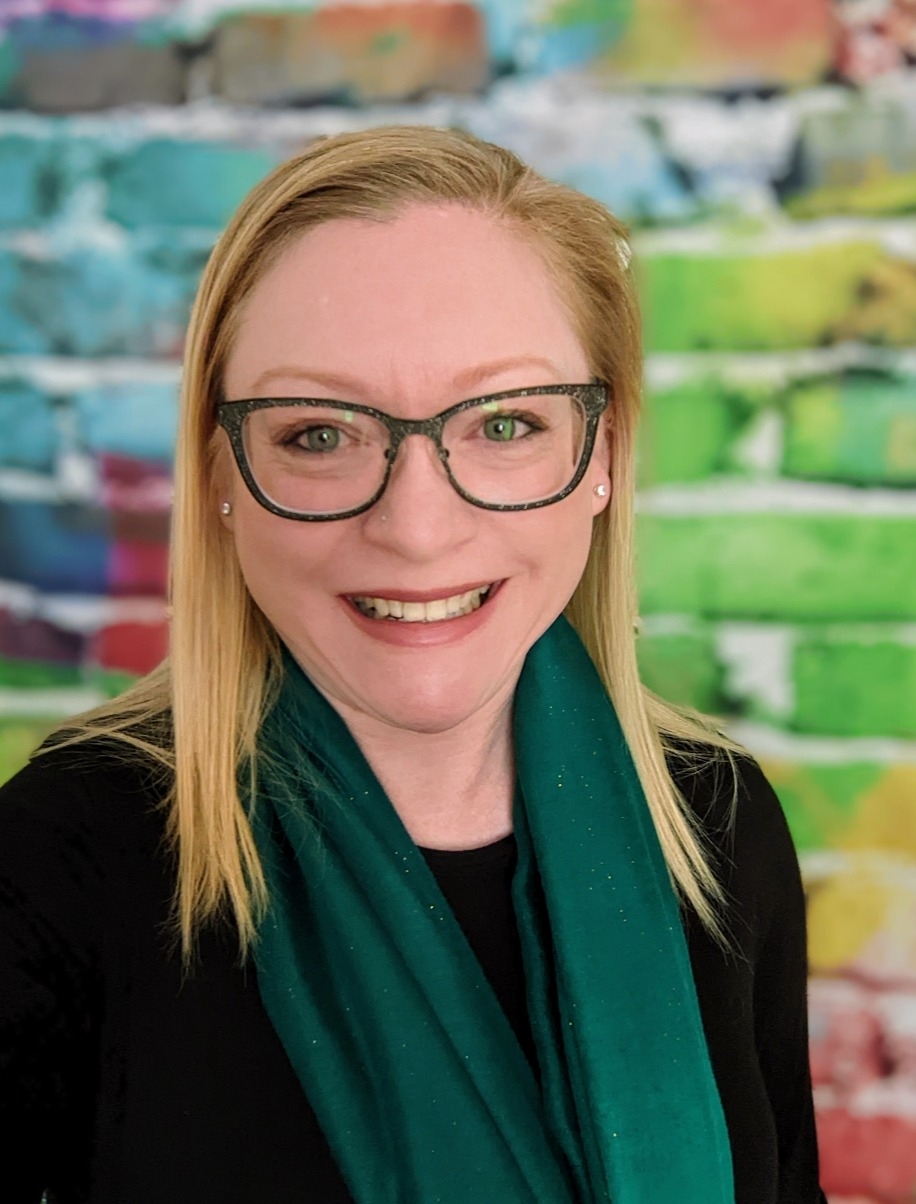
Chyllia Dixon has been living with juvenile dermatomyositis since 1991. She’s done time in a wheelchair. She’s sat through endless IVIG infusions. She’s fought her way through flares and still made it through nursing school, became a nurse practitioner, and built a thriving psychiatric practice.
Now she runs Hazelwood Mental Health in Scottsdale, Arizona, where she provides psychiatric care to medically complex patients and trains new providers to lead with both heart and grit.
Chyllia joined the Cure JM Community Advisory Board because this work isn’t abstract — it’s her life. She knows what it’s like to live the data, to be left out of the conversation, and to keep going anyway. She’s here to make sure the voices of patients and families aren’t just included — they lead
Jada Idokogi, PhD
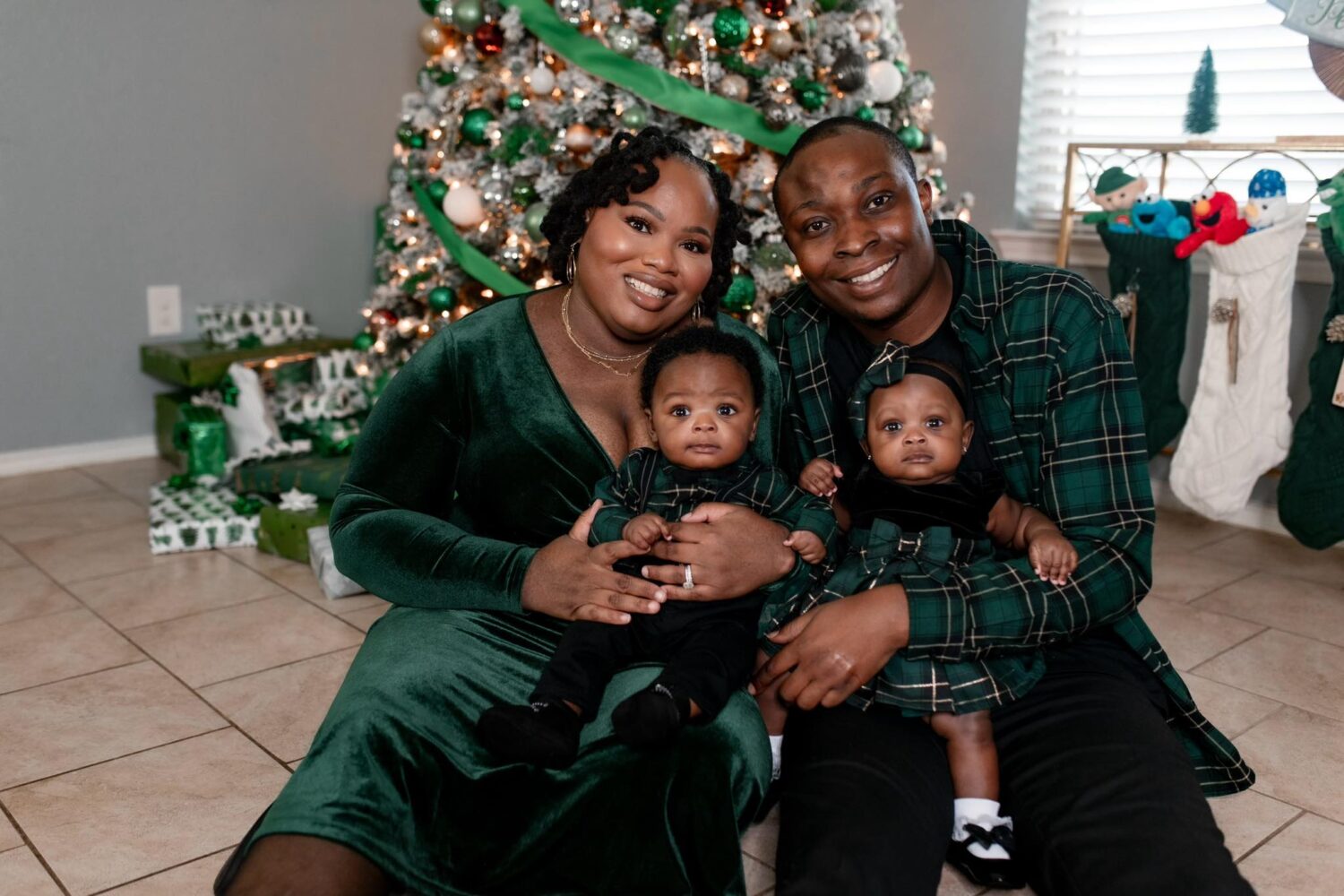
Dr. Idokogi is a senior statistician in the Statistics and Decision Sciences – Immunology at Johnson & Johnson.
She received her PhD in Biostatistics from the University of Texas Health Science Center at Houston School of Public Health with a minor in epidemiology after having acquired a bachelor’s degree in mathematics with a minor in survey methodology and concentration in economics from the University of Maryland, College Park.
Dr. Idokogi was diagnosed with JDM in 2005 and lives outside Houston with her husband and 9-month-old twins.
She is looking forward to helping with this project to provide a patient perspective on the search for more effective medicines with fewer side effects.
Rohan Saarang
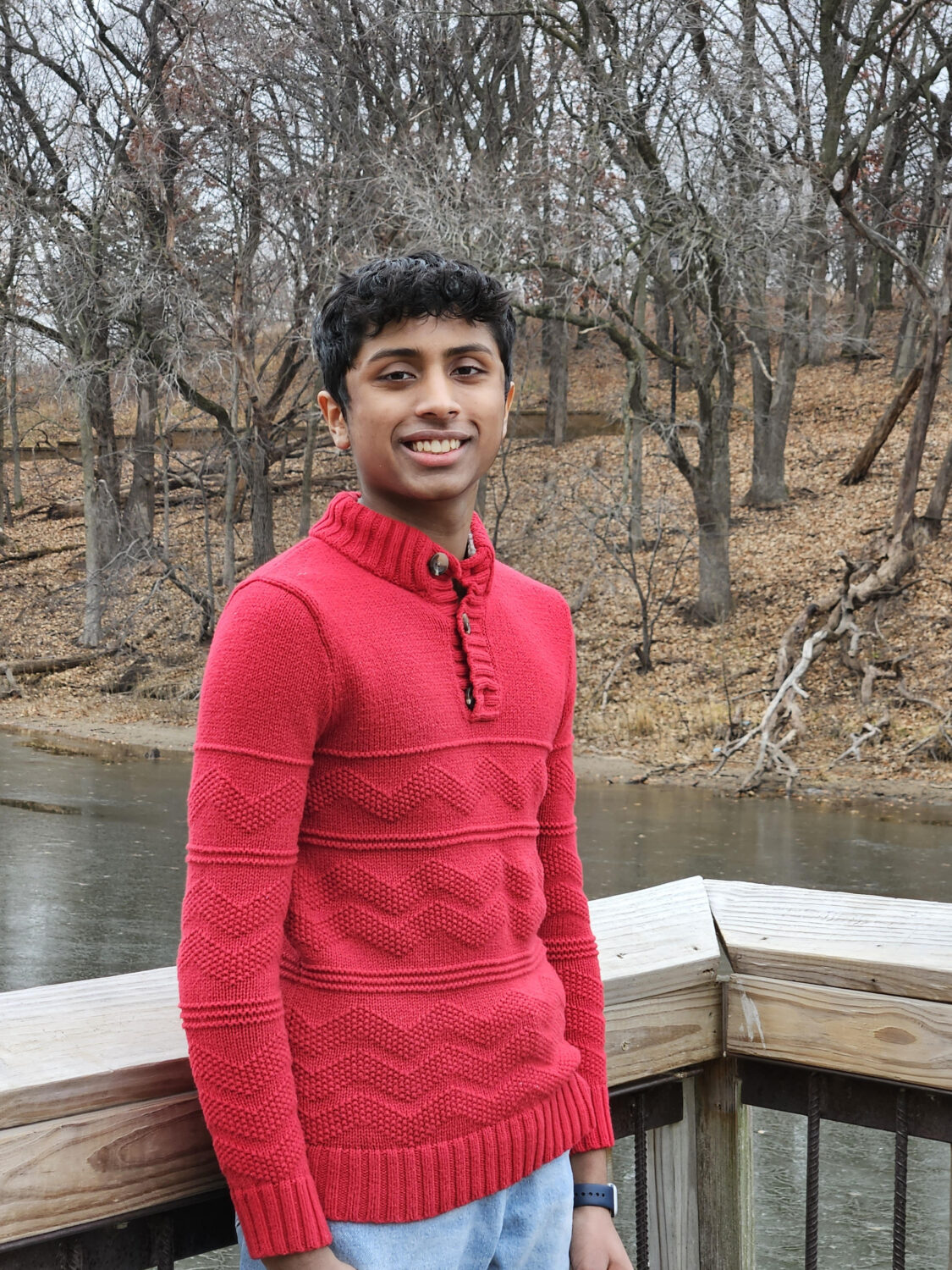
Rohan is a member of Cure JM’s Young Adult Advocates Council. He is a 4.0 student at Eastview High School in Minnesota. He is on the speech, debate and tennis team, tutors younger students, and has played the piano, trumpet. He is planning a career in science or healthcare.
Rohan looks forward to participating and providing the perspective of a newly diagnosed patient.
Taliya McDonald
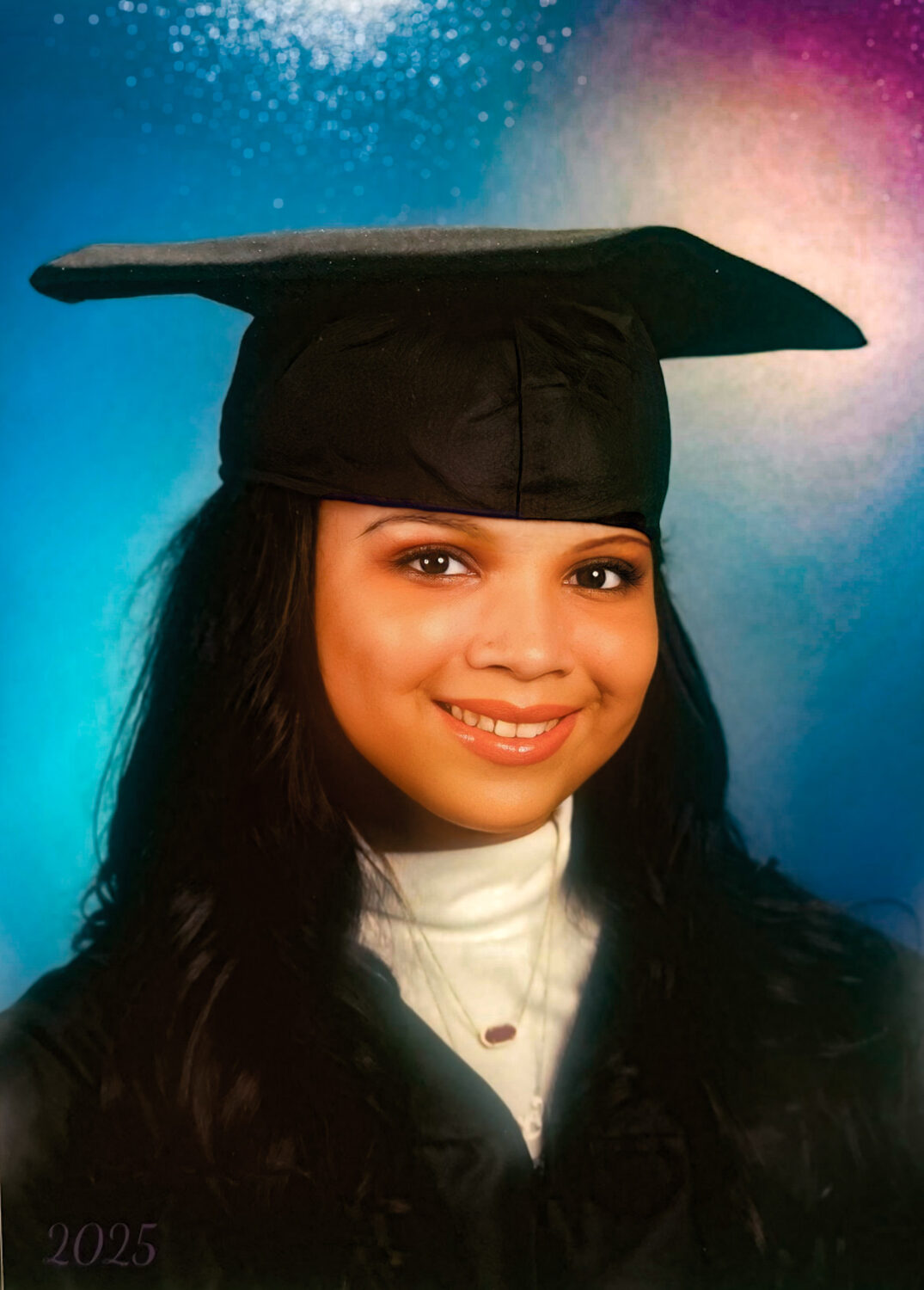
Taliya McDonald is a senior at Lincoln Park High School in Chicago, Illinois. Passionate about art and photography, she enjoys using creative expression to connect with others and raise awareness for important causes. Taliya is eager to contribute to Cure JM’s Community Advisory Board, bringing a fresh perspective and a commitment to supporting families affected by juvenile myositis. Through her involvement, she hopes to help amplify patient and family voices, foster community engagement, and make a meaningful impact.
Hannah McLaughlin
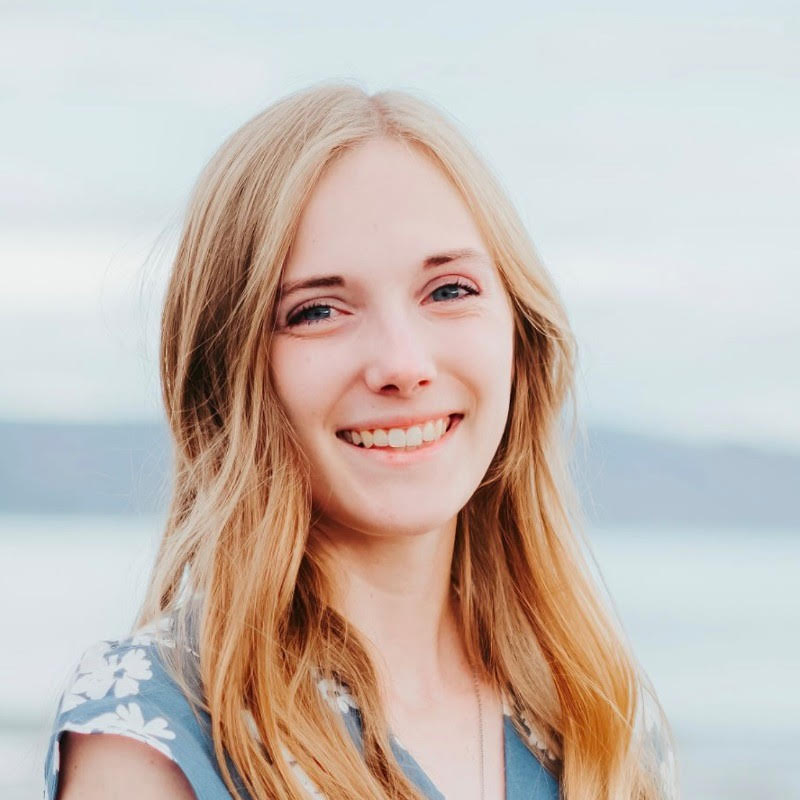
Hannah is an undergraduate majoring in Integrative Biology and Computer Science, passionate about using biotechnology and engineering to develop gene therapies for autoimmune disorders. As a researcher at the Liu Lab in Cambridge, Massachusetts, she employs tissue culturing, MiSeq analysis, base editing, and T-cell engineering to explore innovative treatments for cancer and diabetes.
Eager to contribute to the field of rare disease research, Hannah is excited to share her insights with clinicians and researchers working toward improved treatments and a cure for JM.
Jasiah Gastineau
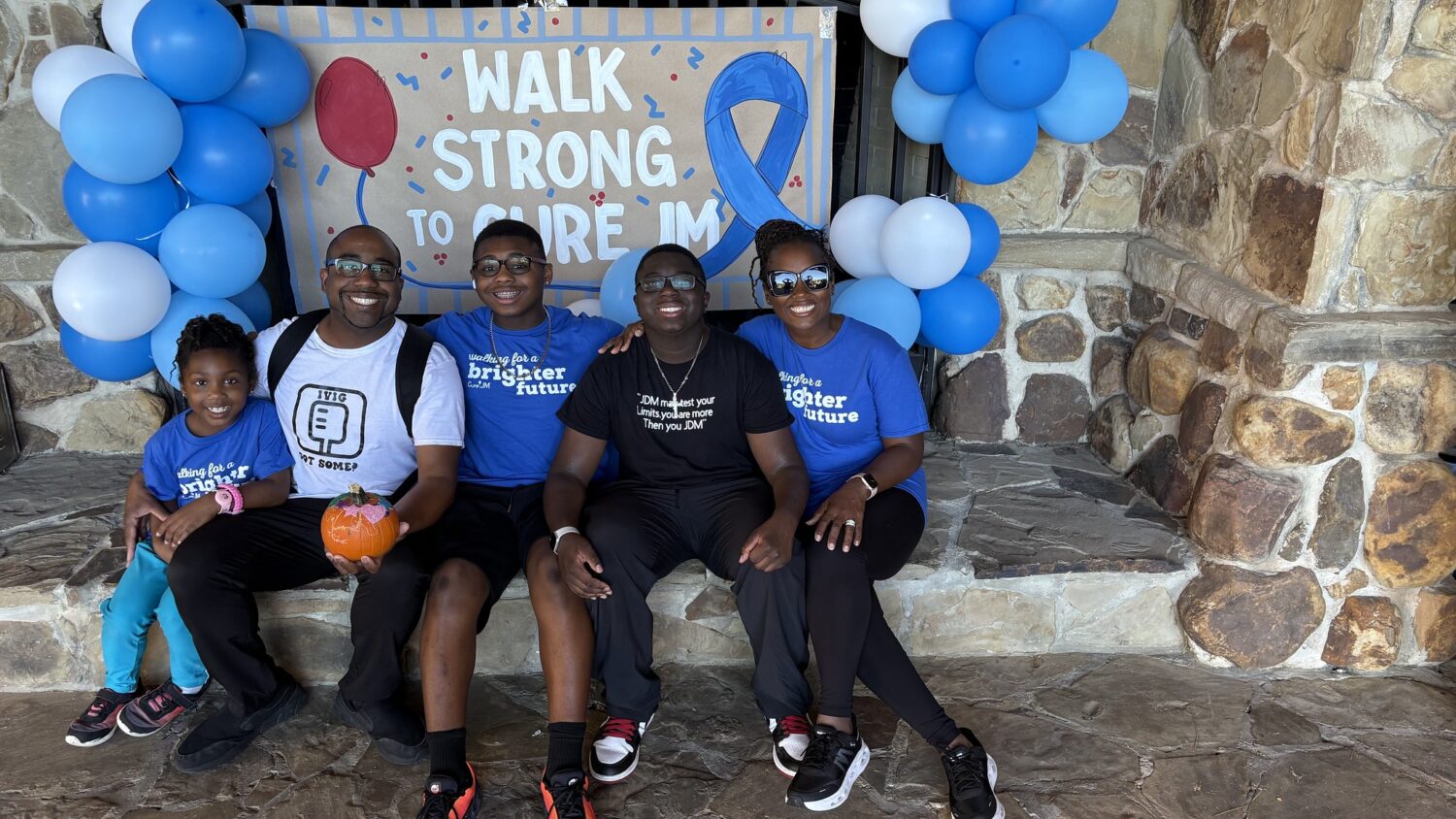
My name is Jasiah Gastineau, and I am a 14-year-old living with Juvenile Dermatomyositis. I was diagnosed in September 2024, and since then, I have been undergoing treatment that includes IVIG, Rituximab, and several other medications. Right now, I’m still in the process of finding my baseline, but I remain very hopeful and determined.
Looking back from my diagnosis to now, I’ve made tremendous progress. I can once again play sports, ride my electric scooter, and enjoy many of the activities I love. My journey with JDM has inspired my future goals. I aspire to become a Rheumatologist so that I can help other young people facing similar challenges.
I am happy to serve with Cure JM because I am committed to becoming involved in organizations and volunteer opportunities that allow me to advocate for individuals living with JDM and raise awareness for autoimmune diseases.
Kara Backo
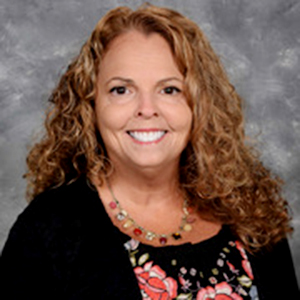
Let me introduce myself. My name is Kara (Guzik) Backo and as a child I battled with juvenile dermatomyositis.
In 1973 at the age of six, I was the first child diagnosed with this rare disease at The Cleveland Clinic. From my initial diagnoses, my parents were told that I would not make it through the year. This dread and doom continued as I struggled with JDMS because there were so many unknowns. I had a pediatrician and an adult rheumatologist, but I never had a pediatric rheumatologist as this was not an option at the time. My overall treatment consisted of limited, short-term physical therapy and high-doses of prednisone consistently for seven years. According to the specialists at the time, this steroid was the only thing keeping me alive. At the age of thirteen, I was taken off prednisone to allow my body to go through puberty. Being on high-doses of daily prednisone for years was awful with all of the side effects, but being taken off of the steroid also caused many problems. My childhood and teenage years consisted of pain, feelings of not being like anyone else, and overall unhappiness. At the age of eighteen, I was told by my doctor that I had grown out of juvenile dermatomyositis because I was no longer a juvenile.
Never truly looking forward to a bright future due to my illness and self-conceived limitations, I held myself back from many things and many people throughout the years. It took me a long time to come to terms with me.
Unbeknownst to me, my future was very bright. At this stage in my life, I am a 4th Grade Language Arts and Social Studies Teacher at Woodridge Local Schools in Peninsula, Ohio. My husband and I will be celebrating our thirty year wedding anniversary in the spring, and I am the proud mother of two smart, successful, and very healthy young ladies. Today, I reflect back on my early struggles as an opportunity for personal growth and strength.
James Best

James was diagnosed at 3 1/2 years in 2007. He has participated in multiple studies including the twin/sibling study, natural history and COVID studies at NIH and the CDASI study in Philadelphia. He is a strong believer in research participation, fully understanding that his current treatments are a result of the research participants who came before him.
James is also a member of Cure JM’s Young Adult Advocates Council. In 2024, he represented Cure JM as a featured keynote speaker at the NIH Rare Disease Day.
Michelle Best
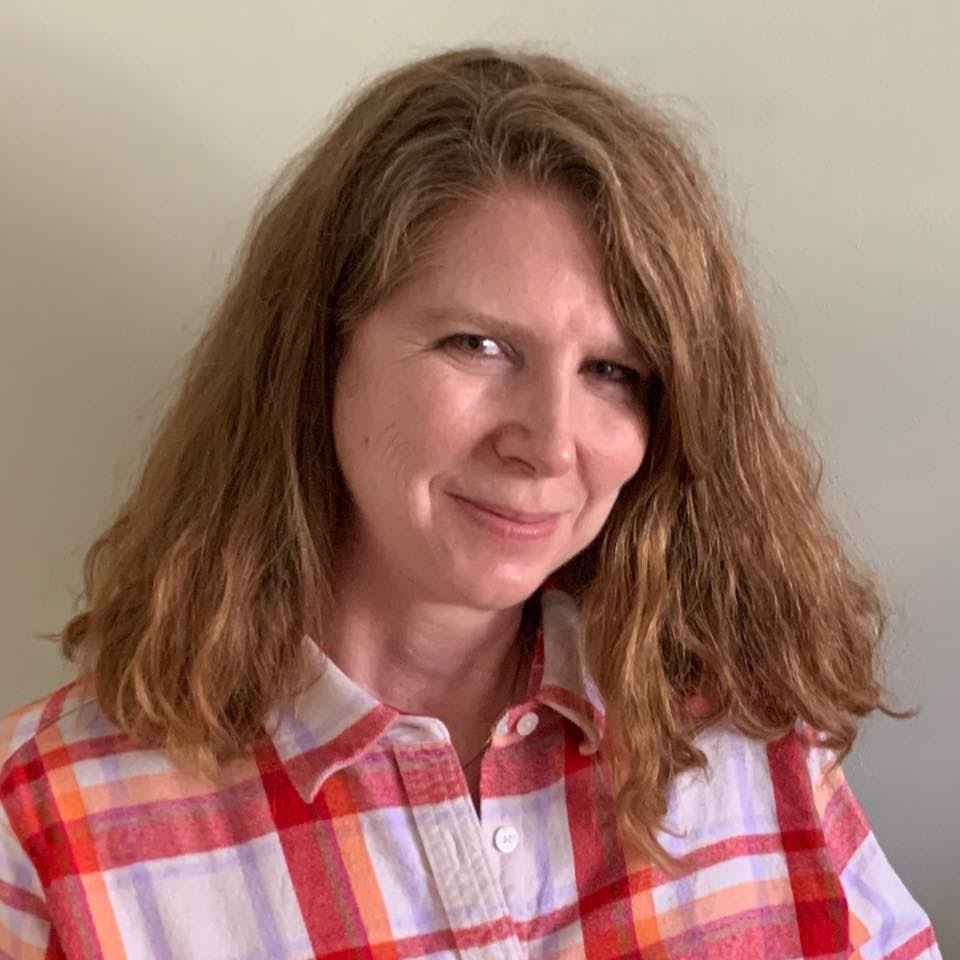
Michelle began volunteering with Cure JM in small ways before taking a giant leap in the Spring of 2016 when she helped to launch the Washington, DC Chapter and accepted the role as chapter president.
Since then, she has spoken at Cure JM Conference breakout sessions and Virtual Town Halls on special education, mental health and chronic pain. Michelle coordinates the clinic for the Cure JM Center of Excellence at the George Washington University Myositis Center and received the Cure JM Hope Hero Award in 2018.
Michelle is heavily involved in her community. She co-facilitates a NAMI parent support group, serves on the special education advisory committee and is a parent representative on a DHS-led team to approve services for children. She is the booster president for her son’s crew team and loves her role as a Sunday School teacher to 2nd and 3rd graders.
Michelle received her MPA from George Mason University and her BA from the University of Wisconsin-Madison. She lives in Arlington, Virginia, with her husband, Lang, and their three sons, John, James, and Joseph.
Jaclyn Casey
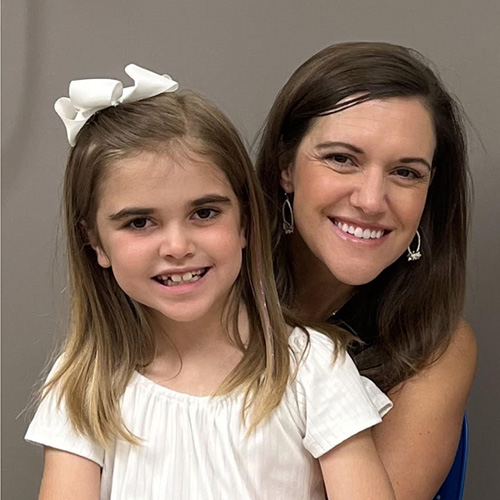
Jaclyn Casey is a Registered Dental Hygienist and mother of two children, Mason and Mallory. Her daughter, Mallory, was diagnosed with Juvenile Dermatomyositis (JDM) at age seven in January of 2023.
Mallory was also born with a congenital heart defect and has endured two open heart surgeries at Duke Children’s Hospital. She is now a patient of Duke Children’s Rheumatology, undergoing treatment for her recent diagnosis of JDM. She continues to persevere despite her health challenges. We are thankful for the care she’s been provided through Duke University Hospital and hope she continues to respond well to her treatments.
Jaclyn, along with her husband, Michael, have served the last 6 years on the committee of Hands for Hearts, a local non-profit organization in support of children and families affected by congenital heart defects. Jaclyn is happy to now be a part of the Advisory Board for JDM in hopes to raise awareness and find a cure.
Sophie Cronk
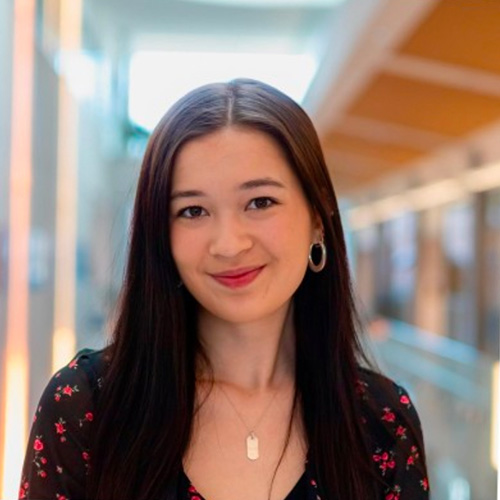
Sophie, a senior at the University of Michigan, was diagnosed with JDM at age 16 after months of unexplained skin rashes and muscle weakness.
Under the care and expertise of Dr. Turnier at Michigan Medicine, Sophie has gone from struggling to walk up stairs and getting dressed, to enjoying activities she used to like hiking and spending time outdoors. She has been able to participate in Dr. Turnier’s research and JDM-specific clinics.
She hopes to raise awareness for “invisible diseases” and make the voices of JM patients and parents a priority in future research, especially after receiving such great care at Michigan Medicine.
Meishia Kenney
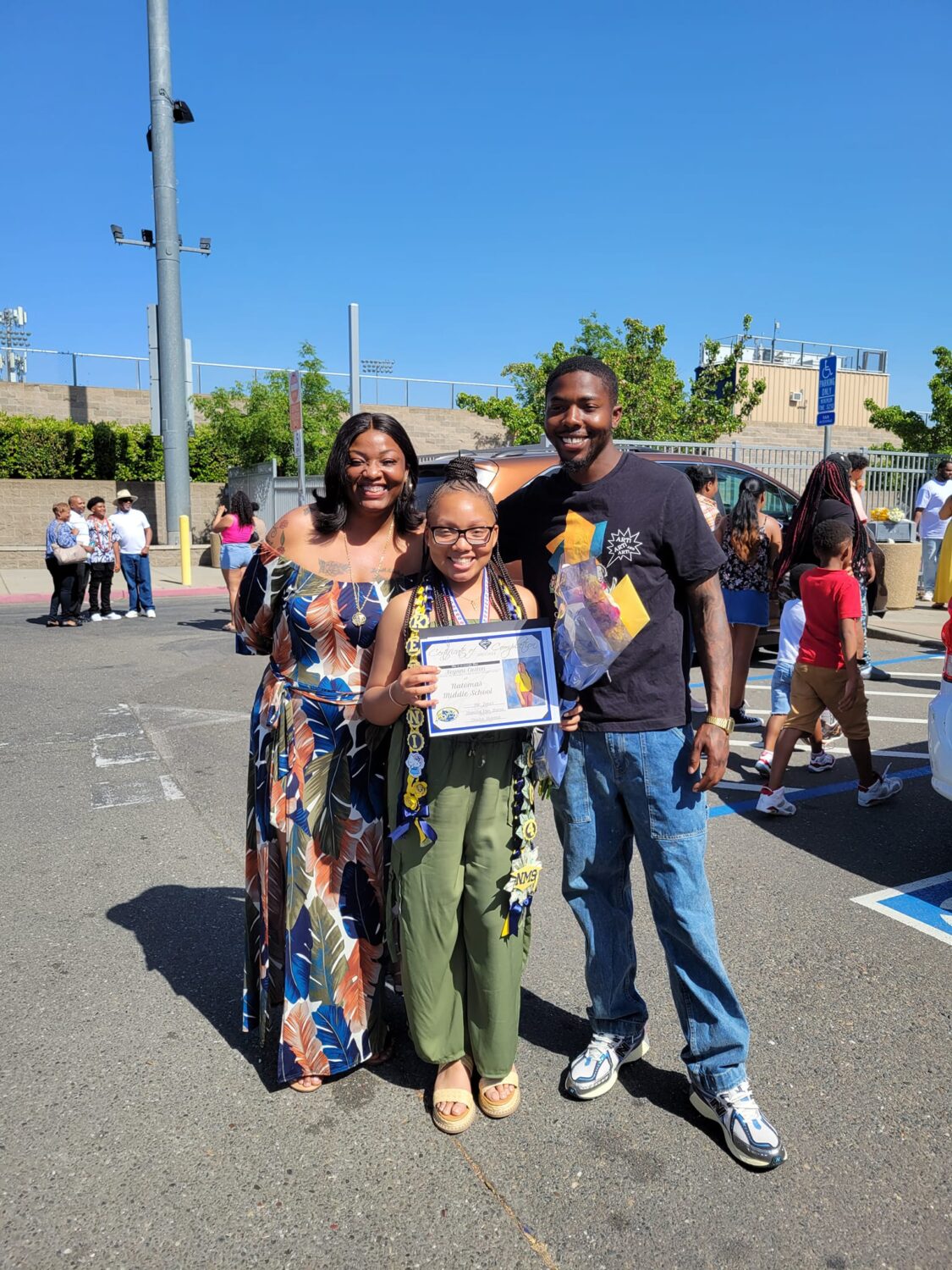
Meishia specializes in healthcare billing, auditing, and insurance claims resolution, ensuring that patients can
She became involved in juvenile myositis research because her daughter Keyani was diagnosed with juvenile myositis in 2017.
Research and progress is deeply important to Meishia because she knows that children like hers need access to better treatments, with fewer side effects, so they can enjoy a better quality of life. She also feels strongly that removing some of the “trial and error” from the current treatment plans will improve quality of life for children.
Todd Scheidt

Todd, his wife Veronica, and daughters, Natalie and Clara live in Toronto, Ontario. CureJM has been an incredible source of knowledge and support for the family since Natalie was diagnosed with JDM at age 9.
Active supporters of Cure JM, the family has taken a unique approach with their fundraising activities. Clara and Todd have raised money with their Pedal to Cure JM rides (~1700 miles along the West Coast of the US).
With 20+ of experience working in the technology industry, Todd is incredibly excited about the potential for AI enabled research like that being funded by the Chan Zuckerberg Initiative to accelerate the fight against rare diseases like JM while ensuring the voices of the community are well represented in the work.
Terrell Spotsville
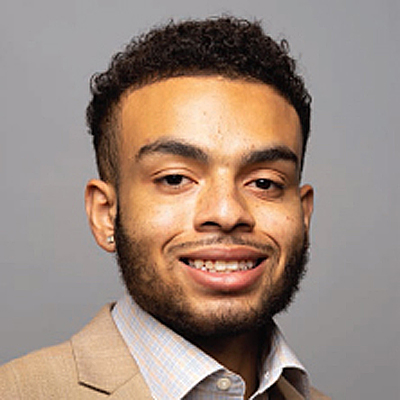
Hello my name is Terrell Spottsville and I currently go to Kennesaw State University and will be graduating in the summer of 2025. I am studying mechanical engineering, and I am currently pursuing my passion in technical sales with a company called Eaton, who is an electrical distribution product manufacturer, who I also plan on working for after I graduate. Outside of work I like to play basketball and workout, while also investing and taking business adventures.
Alexis Walker-Connor

Alexis Connor is a registered nurse who has worked in adult oncology for 15 years. She is currently a stay-at-home mom to five lovely children.
Alexis became a member of Cure JM in 2016 when her oldest daughter, Nylah, was diagnosed with JDM at the age of seven. After months of seeking care and treatment, the family relocated from Florida to North Carolina, where Nylah has made a complete turnaround thanks to hard work, faith, and the expertise of Dr. Reed and Dr. Reed and Duke’s collaborative care. Although Nylah still receives treatment, she is back to being a teenager, where she enjoys swimming, playing instruments, and hanging out with her friends.
Alexis is excited to be a part of the Community Advisory Board for this initiative that is close and dear to her heart. She looks forward to contributing to the research that will help move us closer to a cure for JM.
Susan Wallace
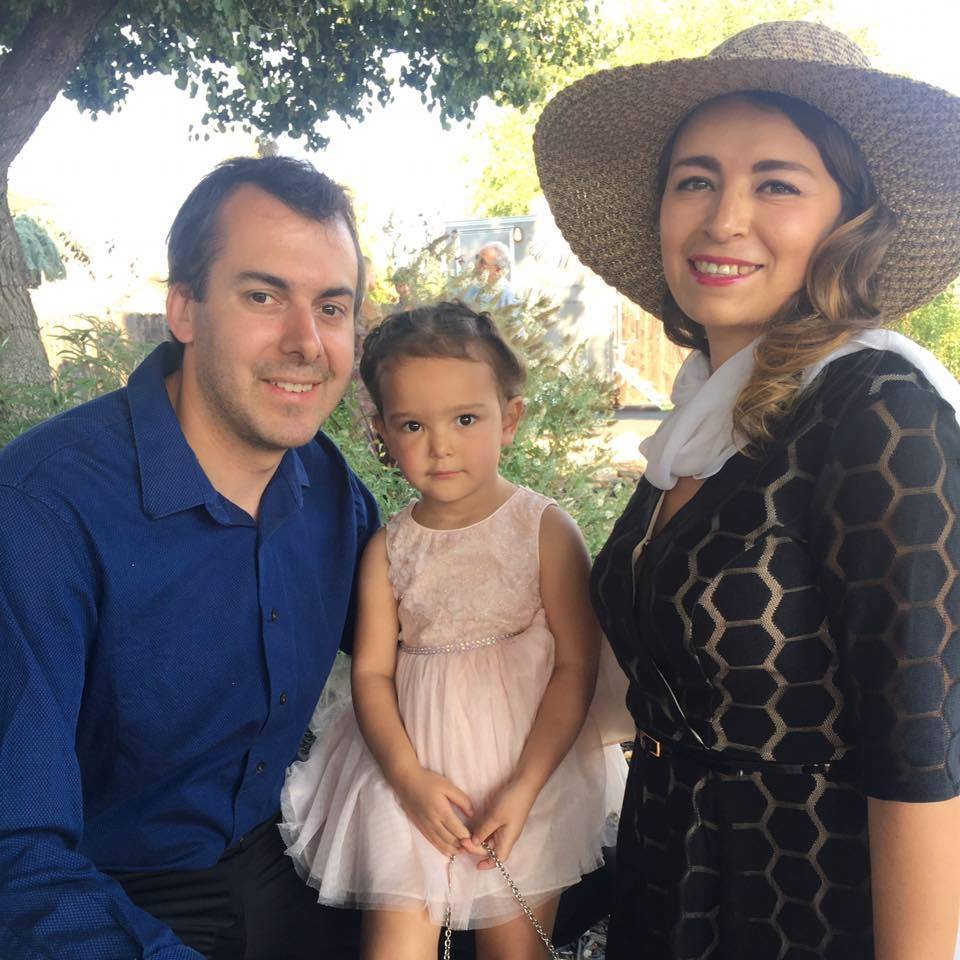
Susan became involved in Cure JM in 2019 when her daughter was diagnosed with JDM. A member of Cure JM’s National Leadership Council, Susan is passionate about making a difference for families dealing with juvenile myositis.
She looks forward to being part of helping researchers understand the patient and parent perspective and why better treatments are important to families.
